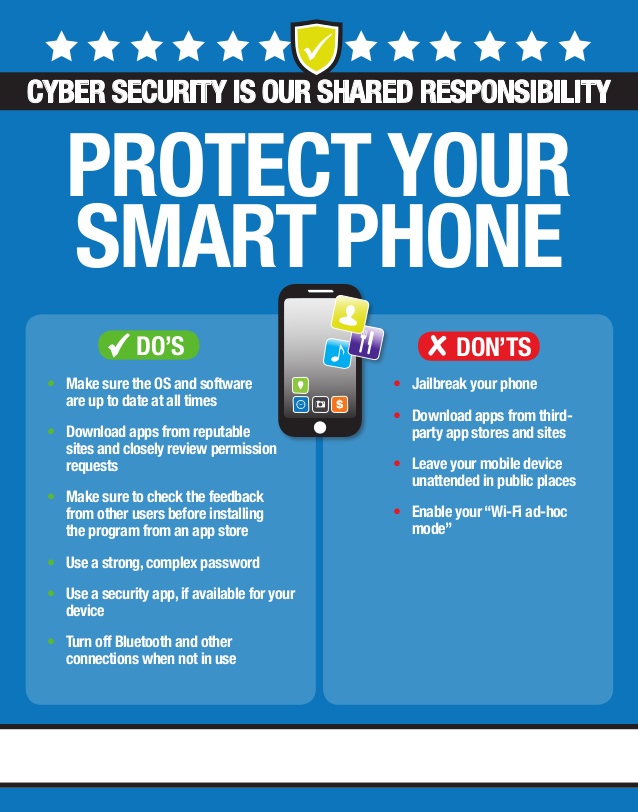11 Aug 6 Steps to securing your devices & taking back your privacy
Securing your devices and keeping personally identifiable information safe and secure these days is of the utmost importance.
When you buy the latest device, you need to be aware of two things: First, devices collect your information, and second, that information is always accessible.

Very often when you buy a new device or utilize a company’s service you have unknowingly allowed them to collect information about you.
1) Change Default Passwords
On devices that are connected to your network you should always make sure you change the default password. It doesn’t matter if it’s a new security camera or a new fridge. Creating new credentials is the very first step in securing your devices and protecting your privacy. Research has shown that a “passphrase” is safer than a password. What does this mean? It means 1qaz!QAZ is less secure than Mydogsliketochasethechickensaroundtheyard! which is also much easier to remember.
2) Automatic Patches and Updates
In today’s “set it and forget it” society, many electronic devices can take care of themselves. Quite often technology has a setting that allows for automatic updates. This is an important setting to turn on when securing your devices.
3) Set up Multi-factor Authentication (MFA)
MFA security settings are growing in popularity. This is as simple as receiving a text or code that you need to type in while signing on to a system. Often times within the account preferences of your device, you can set up an Authentication Application. If you can’t find this option call customer service, chances are it exists somewhere.
4) Utilize a Password Manager
Keep usernames and passwords unique. Most password manager applications can generate a random password for you, and will allow you to store them safely.
5) Update Default Settings
Check to see which settings are turned on by default, especially if you don’t know what they mean. If you are unfamiliar with FTP or UPnP, chances are you are not going to use them, or even notice that they are off.
6) Avoid Public Wi-Fi
It may be convenient to connect to a public Wi-Fi, but think again! If the Wi-Fi network does not require a password, then anyone can listen in on your computer’s information. Some public Wi-Fi networks are deliberately set up in the hopes that people will use it so they can steal information or credentials.
Remember that just like you lock your front door to protect the valuables inside.
LEARN MORE:

